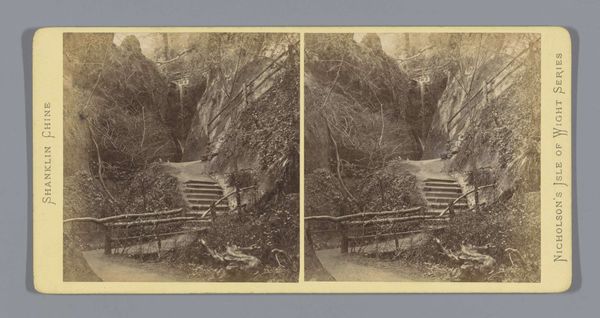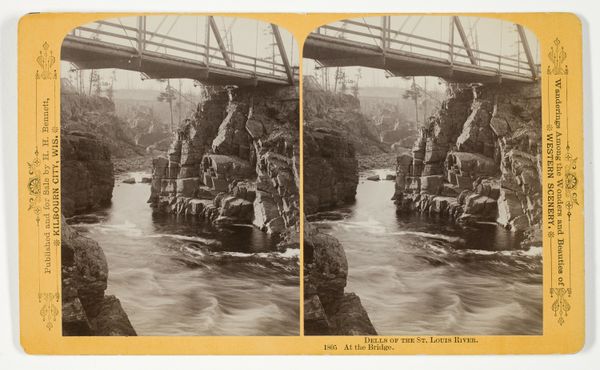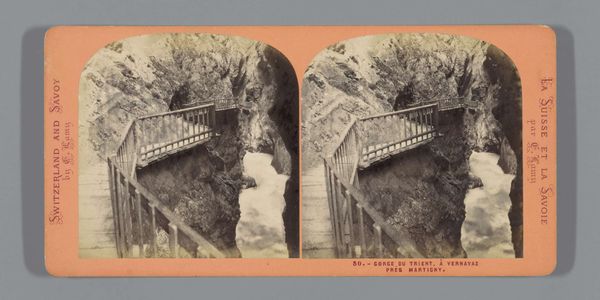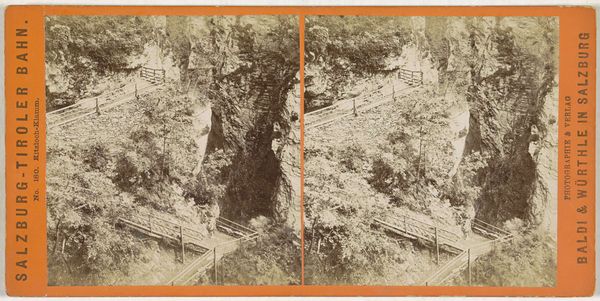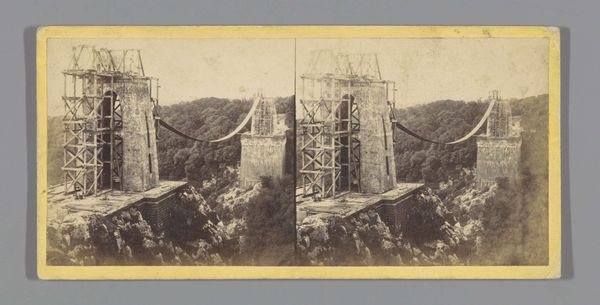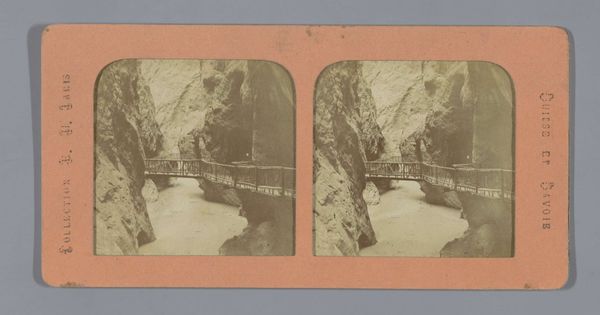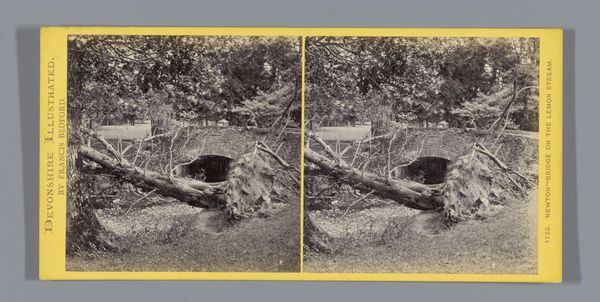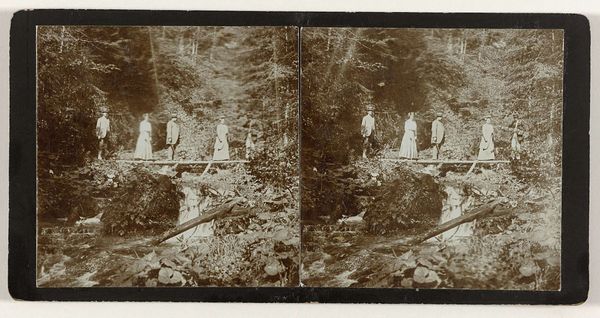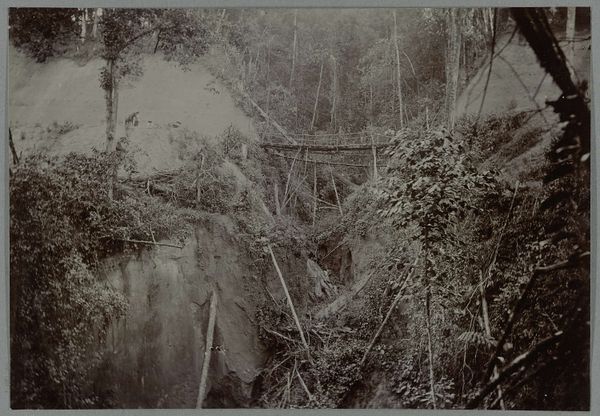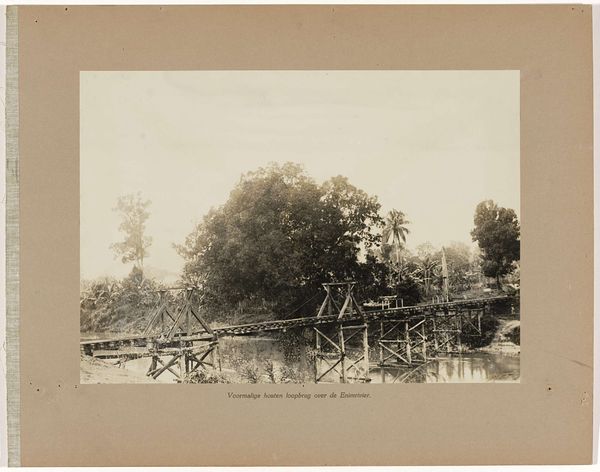
photography
#
landscape
#
photography
Dimensions: height 85 mm, width 170 mm
Copyright: Rijks Museum: Open Domain
Editor: This is "Pont de Saint-Sauveur," a photograph taken sometime between 1862 and 1876 by Jean Andrieu. It’s… intriguing, almost like an architectural drawing brought to life. It really emphasizes the scale of the bridge in relation to the landscape. What do you make of this piece? Curator: What immediately strikes me is how this photograph embodies the evolving relationship between technology, progress, and landscape in the 19th century. What purpose might these early photographs have served beyond the aesthetic, considering the socio-political context? Editor: Maybe… documentation? I guess it's easy to forget that photography was still relatively new at this point. Showing off the bridge, and maybe also France's industrial power? Curator: Precisely. The image wasn’t just documenting, but actively participating in the construction of national identity. Railways and infrastructure were symbols of modernization, and their photographic representation reinforced that message, shaping public perception of progress and French engineering. Editor: So, it's like propaganda almost? Curator: One could interpret it that way, yes. The photograph’s purpose was about framing progress in a specific way that benefited particular narratives and political agendas. The picturesque style also subtly aestheticizes industry. It's not just a feat of engineering, but also a visual spectacle. Editor: That’s a perspective I hadn’t considered. I always viewed photographs like this as neutral historical documents, but hearing how it relates to national identity and even potentially to a political agenda changes that entirely. Thanks! Curator: Exactly, thinking about its initial public role enhances our view beyond the aesthetic. Seeing that, one could apply it elsewhere.
Comments
No comments
Be the first to comment and join the conversation on the ultimate creative platform.
